General Seyyed Mahmoud Moussavi, the spokesperson for the exercises, said "the unity, coordination and interaction between the military air defense units and the IRGC air force were one of the main achievements of the maneuvers.
The joint air defense drill was a good opportunity to evaluate Iran's air defense operational plans in the form of a unified work, which, in case there are weaknesses, we could work on them and solve the problems, he added.
Mousavi added that this exercise was also a great opportunity to accurately assess our systems and identify offensive, defensive, electronic warfare, communicative and electronic activities.
Spokesperson for the exercises stressed that “the manufacturing and deployment of this equipment with advanced technologies shows that we are not faced with any bottlenecks [on the path of enhancing the country’s defensive strength].”
“We can meet all our needs relying on domestic capabilities,” he added.
Iran’s Army Air Force and the Islamic Revolutionary Guard Corps (IRGC) kicked off their joint drills on Monday in an area measuring 500,000 square kilometers across Iran, only a day after the United States imposed new sanctions on Iran.
The first phase of the drills saw the joint forces taking positions and rapidly spreading around the country, while detecting, identifying, intercepting, and destroying threats and engaging in electronic warfare against mock targets.
Iranian forces successfully launched missile strikes against mock enemy targets on the second day of military maneuvers code-named 'Modafean-e-Aseman-e-Velayat 97 (The Defenders of Velayat Skies 97)’. The joint forces conducted the strikes using medium-range surface-to-air Shalamcheh missiles and the Tabas medium-range surface-to-air missile defense system. The strikes hit the designated targets, according to Iranian media outlets.
LR/4452511



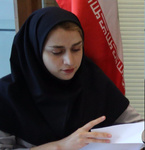
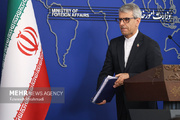

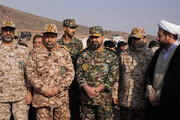


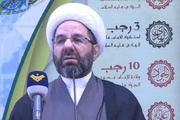


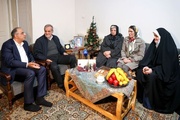
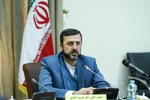













Your Comment